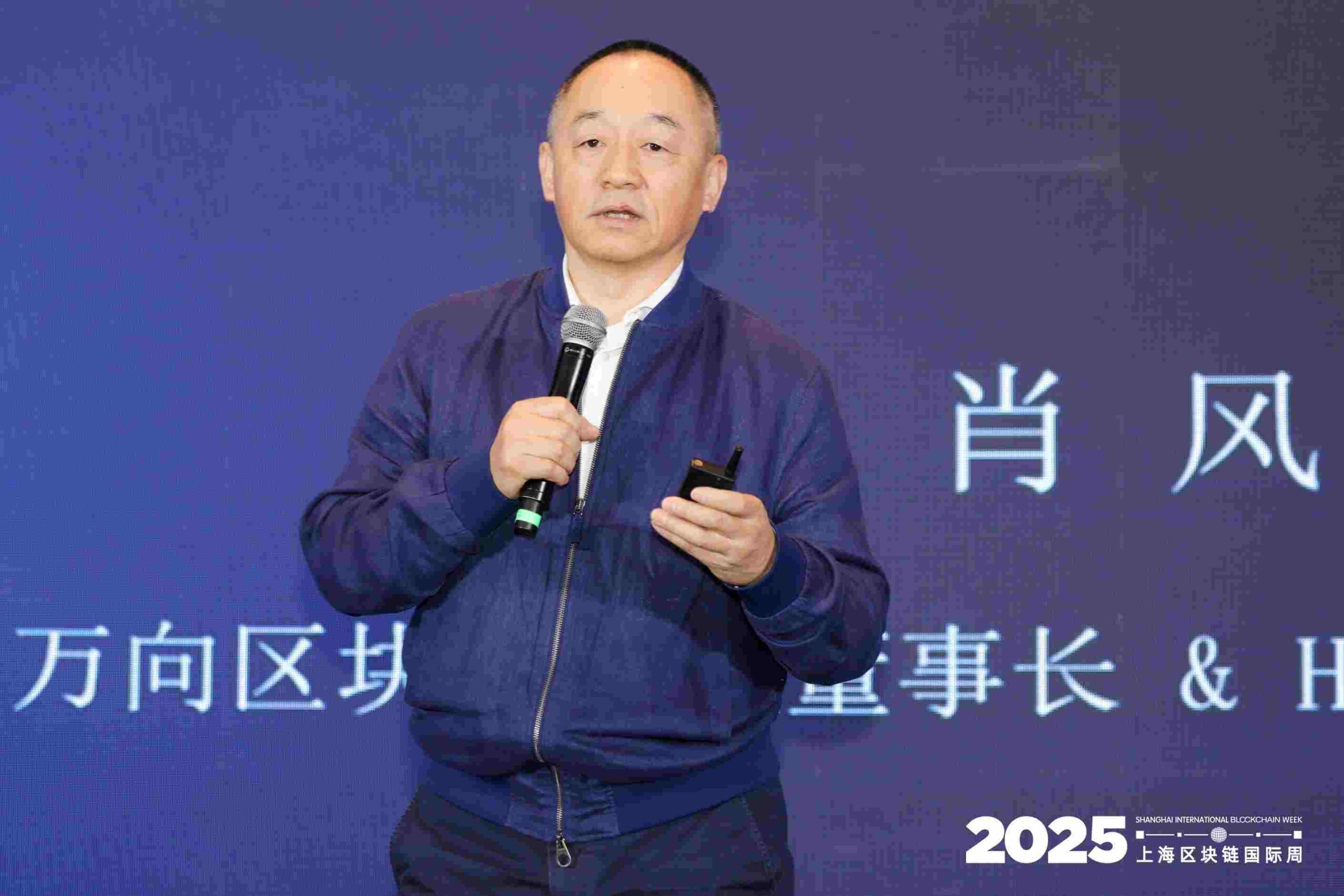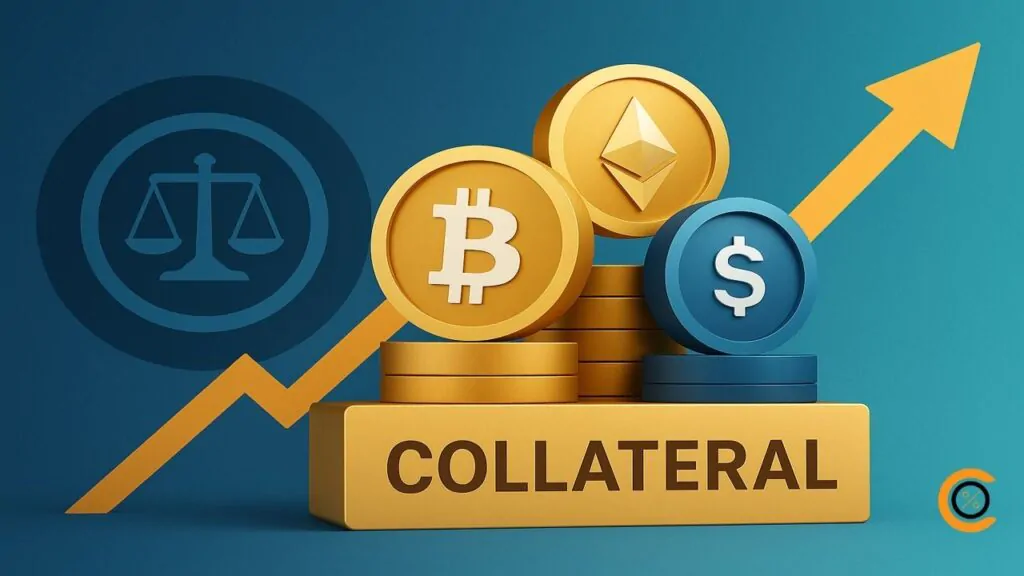- •Hong Kong and Mainland China aim to align crypto regulations and create shared industry standards.
- •Stablecoins and fintech innovation remain central to their blockchain collaboration efforts.
- •Cooperation is progressing gradually through pilot projects and regulatory dialogue.
The conversation around a Mainland-Hong Kong crypto collaboration has gained new traction after the 11th Global Blockchain Summit in Shanghai. Experts from both regions agreed that working together could accelerate digital-asset development in Asia, especially as Hong Kong emerges as a regulated crypto hub while Mainland China continues to lead in fintech infrastructure. Although the mainland’s ban on crypto trading and mining remains in place, the willingness to coordinate with Hong Kong reflects a more strategic approach to digital finance. The focus now is on establishing shared standards, advancing stablecoin regulation, and fostering responsible innovation.
Regulatory Collaboration Between Mainland China and Hong Kong
At the summit, industry figures called for closer alignment between the two regions. Xiao Feng, chairman of Shanghai-based Wanxiang Blockchain and Hong Kong’s Hashkey Group, urged the development of more consistent “standards and rules” across the crypto industry. His comments highlighted a growing understanding that coordination, rather than competition, could help both markets scale their blockchain ambitions.

While China maintains a strict ban on crypto trading, it has shown openness toward Hong Kong’s experimentation. The city’s Stablecoin Ordinance, which took effect on August 1, was cited as an example of strong regulatory leadership. The law allows qualified issuers to apply for stablecoin licenses and sets governance requirements for fiat-backed tokens. According to Rita Liu, CEO of RD Technologies, the short time between the law’s passage and implementation marked a major regulatory milestone.
Experts also pointed out how both sides bring distinct strengths. Hong Kong’s financial hub status and its push for structured regulation complement Mainland China’s dominance in digital payments and artificial-intelligence-driven fintech. Rachel Lee from Cyberport, a Hong Kong government-backed tech incubator, said her team looks forward to working with mainland stakeholders to accelerate Web3 growth and blockchain adoption.
Also read: Aave Labs Acquires Stable Finance to Enhance DeFi Savings
Shared Opportunities in Fintech and Developer Ecosystems
The collaboration extends beyond regulation. Lily Liu, president of the Solana Foundation, shared that her organization has invested heavily in supporting China’s developer ecosystem over the past two years. She noted that Solana sees strong potential in Chinese-speaking markets, given their massive payments networks and technical talent. Liu expressed interest in joint development areas such as decentralized payments and AI-based blockchain solutions.
In parallel, Hong Kong’s efforts to strengthen its crypto infrastructure are attracting mainland firms seeking global exposure. Several Chinese institutions have reportedly explored applying for Hong Kong’s stablecoin licenses to issue yuan-backed assets, though some paused following regulatory caution. Despite that, the Hong Kong Legislative Council recently indicated plans to seek Beijing’s support for exploring an offshore RMB-backed stablecoin, signaling that cooperation could gradually deepen.
While enthusiasm is high, experts agree that significant hurdles remain. Aligning legal definitions, ensuring investor protection, and balancing innovation with financial oversight are still complex challenges. The summit’s consensus was clear: both jurisdictions should advance together, but with caution and shared governance at the forefront.
Building a Bridge for Asia’s Digital-Asset Future
The Mainland-Hong Kong crypto collaboration reflects a cautious yet promising effort to unify Asia’s approach to blockchain innovation. With Hong Kong shaping global stablecoin standards and Mainland China driving large-scale fintech solutions, their partnership could redefine how digital assets are developed and regulated in the region. While a full market integration seems distant, the ongoing dialogue and pilot projects mark a meaningful step toward sustainable progress.







